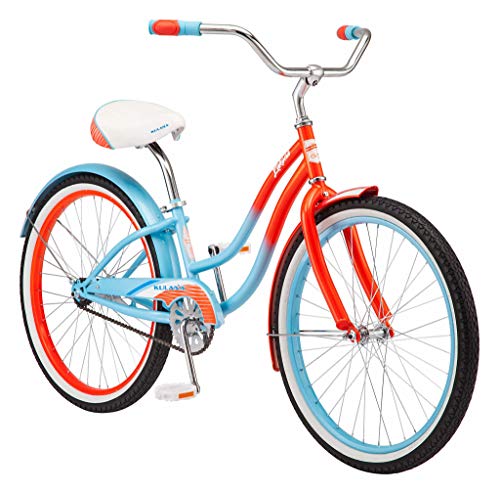- Joined
- Sep 17, 2013
- Messages
- 4,290
- Reaction score
- 9,465
I never have used any type of thread lock on my spokes when building a wheel. Recently I saw a wheel building site somewhere on the net that recommended using the softest compound thread lock or boiled linseed oil as a way to keep the spokes from getting loose. I just realign after riding if they need it. Any opinions or experience out there using thread lock on spokes? I'm not so sure this is a good idea, but maybe this is common practice and I have been doing it wrong?





 Maybe for some super light alloy rims?Weird.
Maybe for some super light alloy rims?Weird.













































